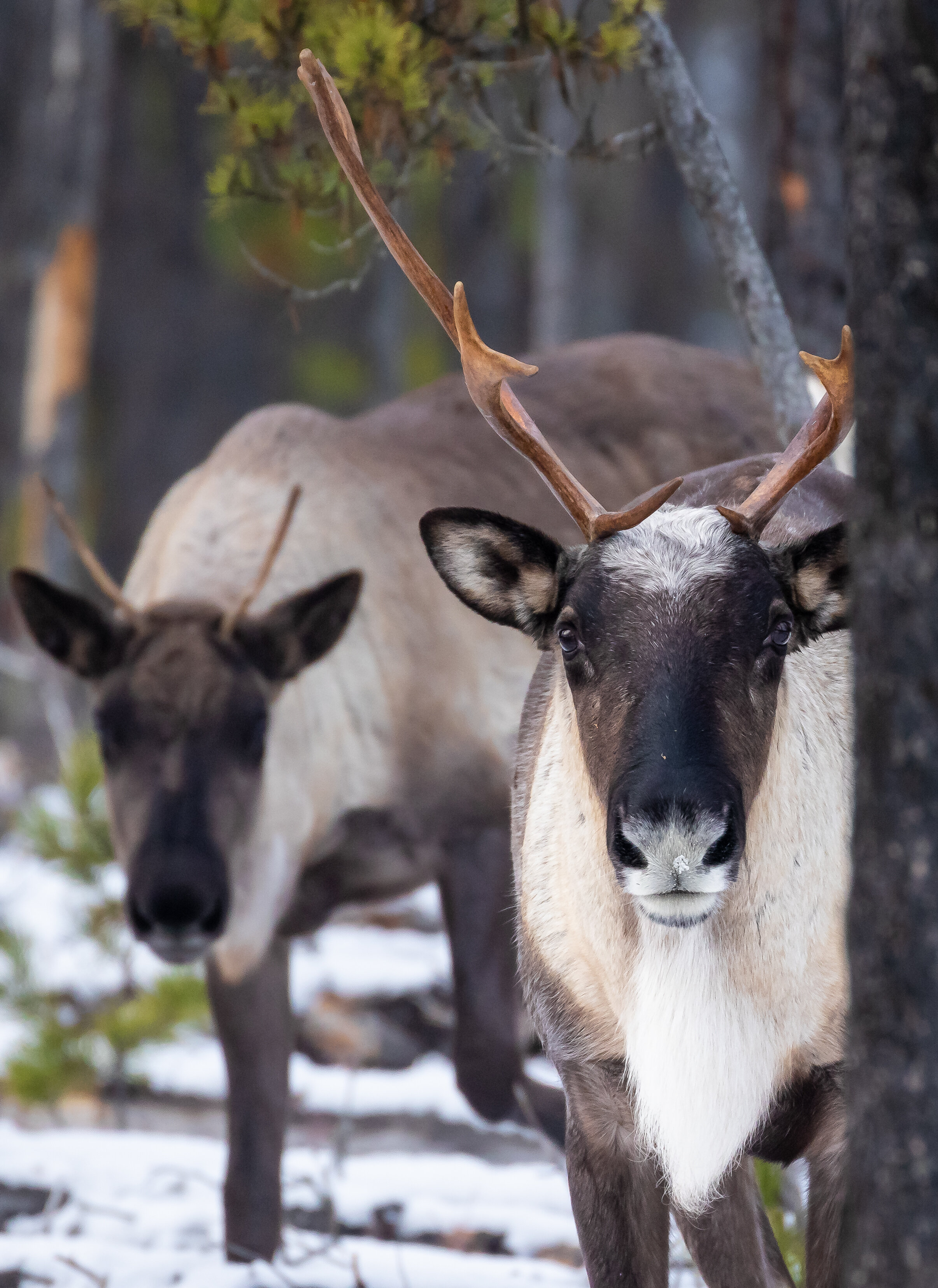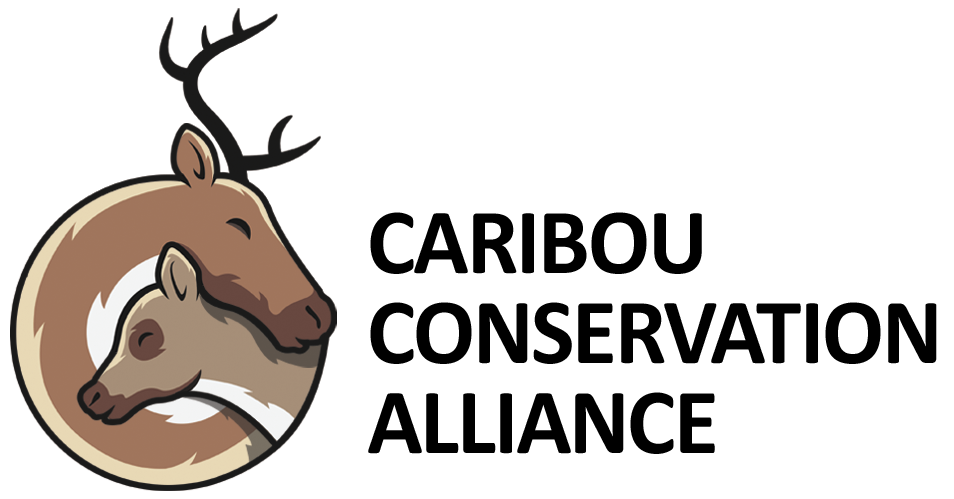
TORONTO ZOO
“While species protection within their natural habitat is a necessary measure, preservation of the fragile genetic and demographic health of small populations can be challenging in the wild, but can be successfully maintained, and even improved, through carefully managed conservation breeding programs as the one proposed for the Southern Group of Southern Mountain Caribou.”
— Dr. Gabriela Mastromonaco, Manager of Reproductive Sciences, Toronto Zoo
+ Who we are
The Toronto Zoo, Ontario, is the largest zoo in Canada. It is currently home to over 5,000 animals (including invertebrates and fish) representing over 500 species. The Zoo, with the support of the Toronto Zoo Wildlife Conservancy, is fighting species extinction through research, education, and conservation breeding and reintroduction programs.
To learn more about Toronto Zoo, visit torontozoo.com.
+ How Toronto Zoo is involved in conservation breeding
The global rate of extinction of animal and plant life is now estimated at nearly 1,000 times the natural rate. It is critical that zoos, aquariums and conservation organizations work together to educate the public and take actions to stabilize and reverse this alarming trend.
As the largest zoo in Canada, Toronto Zoo is well known for being a world leader in reproductive sciences and for our extensive expertise in the conservation breeding and reintroduction of threatened species from all taxa, ranging from wood bison to eastern loggerhead shrikes. We are committed to expanding our understanding of the natural biology of wildlife species, and developing novel strategies to support their long-term sustainability. We participate in many conservation breeding and reintroduction programs, including those for black-footed ferrets, eastern loggerhead shrikes and Vancouver Island marmots. These programs:
- Increase the genetic diversity of endangered animals;
- Include research that helps us understand the genetic and disease issues these animals face, and enabling us to find solutions to improve their health and sustainability in the wild;
- Enable outreach programs to educate the public, in schools and around the community, about the serious issues facing endangered animals, and;
- Support the recovery of endangered species in the wild.
+ Why Toronto Zoo supports caribou conservation breeding
Caribou, along with many other species in Canada and around the Caribou, an iconic and important umbrella species, face significant pressures from their changing environment and are currently at risk across their range. Most populations are declining, and many were extirpated in the recent past. Many herds that are currently non-viable will soon disappear regardless of the actions taken to improve habitat conditions. The decline of caribou populations is attributed to the combination of habitat alteration and fragmentation, predation and human disturbance. Although habitat protection and restoration are fundamental priorities for caribou conservation, the precarious state of many caribou herds warrants additional approaches, including creation of assurance populations and the rescue of non-viable herds through the implementation of conservation breeding and reintroduction programs.
Several Canadian jurisdictions, including the government of British Columbia, are currently exploring conservation breeding as a tool to support the recovery of caribou. A caribou conservation centre is instrumental to the successful recovery of caribou in British Columbia, and would serve as a model for caribou population units at risk across Canada. Furthermore, this conservation centre dedicated to caribou would be the foundation of the Toronto Zoo’s recently established National Caribou Reproduction Network. This partnership will allow us to identify reproductive research priorities and develop valuable expertise for the advancement of assisted reproductive technologies, a necessary tool for building a sustainable assurance population for southern mountain caribou and strengthening caribou recovery efforts overall.

